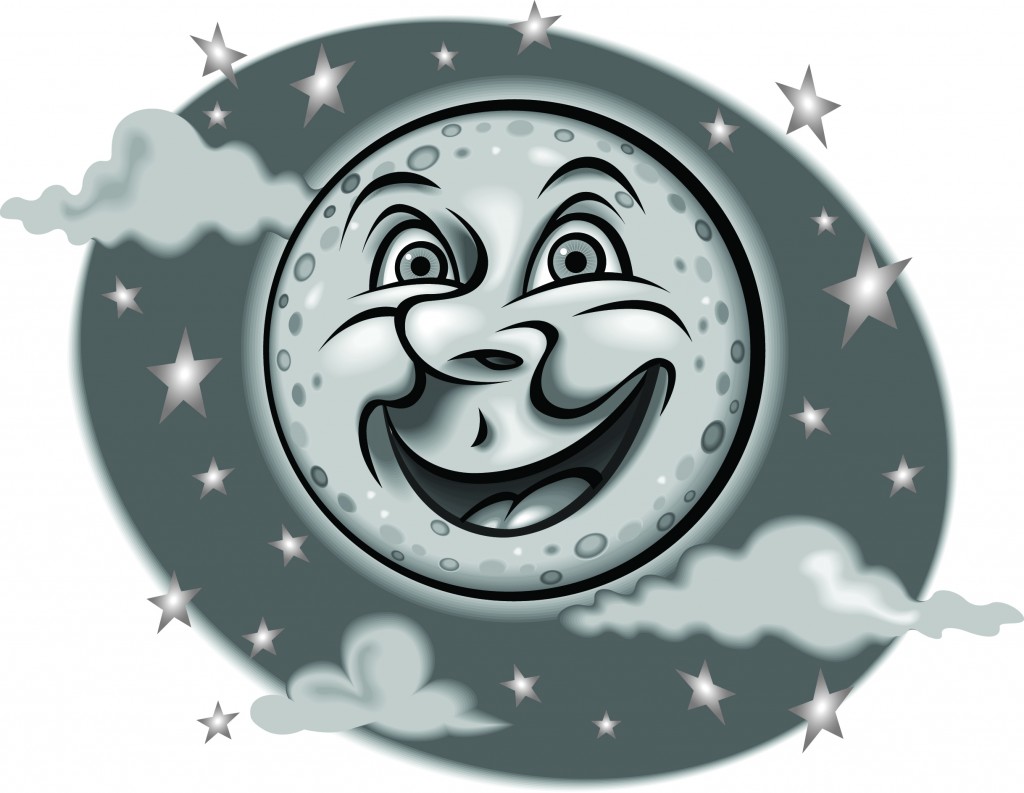Our Night Sky, 04/17

Spica outshines all
Currently low in the east southeast is the constellation Virgo the Virgin or Maiden with its brightest star Spica. It’s the second largest constellation in our spring sky, only Hydra is larger. Many of her stars are pale compared to bright Spica.
The Ancient Greeks claim she is the daughter of their chief god Zeus and Themis the goddess of justice. Virgo straddles the celestial equator and is the only female sign of the zodiac.
To find her: Follow the Arc to Arcturus then go straight past about 30 degrees to Hit a Spike to Spica.
Spica is a brilliant blue-while star that is 260 LY from us. It’s called the Queen Star of the Spring and also the Star of Prosperity. Since it’s near the celestial equator, it’s prominently visible March-September.
Although Virgo lacks bright star clusters and nebulae, it has many galaxies because when we look at her we’re looking out of our own galaxy towards the Virgo Cluster of more than 2,000 galaxies 55 million LY away.
An important one is M 104 the Sombrero Galaxy which is closer to us at only 28 million LY away. It’s just east of Spica.
Virgo contains 13 stars and is best viewed April-June. Spica is located in the ear of wheat she holds in her left hand (on our right side).
When you look at Spica, see if you can identify a shoulder and head above it, and legs below it. There’s also another arm pointing to our left and her right. This is a great area to use a telescope to search for galaxies. I bet you can see some with binoculars.
The full moon is on April 19 and will be between Spica and Arcturus. The April full moon is called the Pink Moon to celebrate the return of wild flowers. Other names are Egg Moon, Sprouting Grass Moon and Easter Moon. Unfortunately the Lyrid meteor shower peaks on April 22, so the moon will block all but the brightest meteors.
The Lyrids usually have 10-20 meteors per hour, but there are often fireballs. Occasionally it has produced hundreds of meteors per hour. Its radiant is between Hercules and Lyra. It starts low in the NE in the evening and rises through the night.
Try looking late evening on April 22 and early morning on April 23. You just never know what you’ll see. They’re active from April 14-30. So you can try later too. Also on the morning of April 23, the moon passes just north of Jupiter.
When you look at the night sky, you’ll notice that there are still a few very bright stars visible in the NW. There are the remains of the winter stars. We had a wonderful clear night on April 6, and I was amazed at what I could see. It was supposed to rain, but cleared up. Had I known it would do that I would’ve taken out my telescope. You just never know what the sky is going to do.



